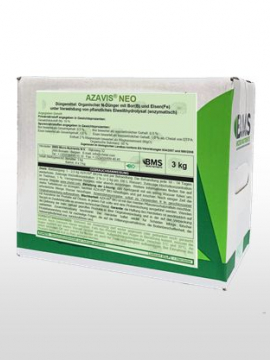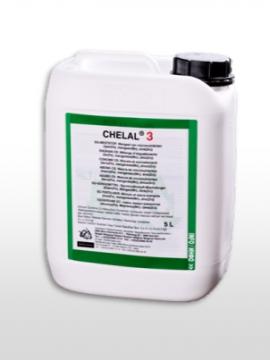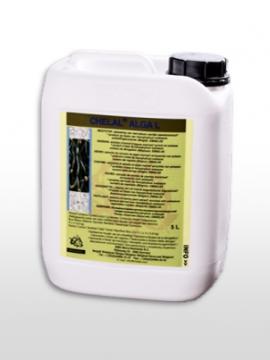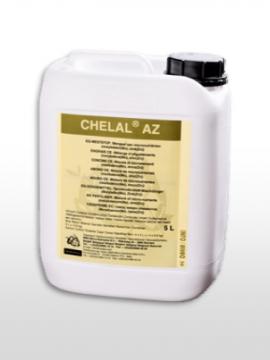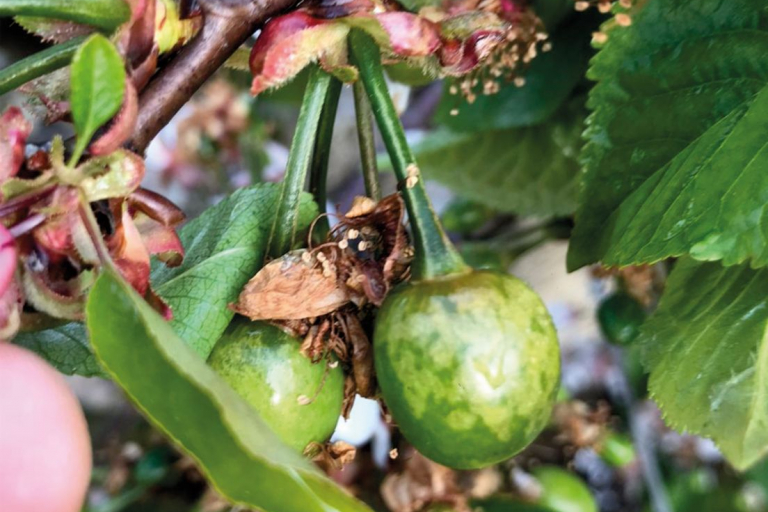You are here
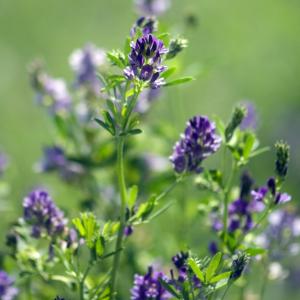
Lucerne
Moderate to high sensitivity to the deficiency of: B, Mo
Low to moderately sensitivity to the deficiency of: Mg, Cu, Mn, Zn
(the sensitivity to the deficiencies of these nutrients can vary in function of the variety)
Because of the nature of the crop and the multiple harvests / cuts per year the nutrient requirements of lucerne are relatively high. Optimal soil conditions are necessary to obtain optimal production. The soil pH should be brought up to around 6-6,5 and the concentrations of phosphorum, potassium, calcium and magnesium should be verified and corrected if necessary before sowing. The following years applications of mainly potassium should be done to maintain the balance and fertility of the soil.
Nitrogen and potassium
Lucerne is a leguminous plant and can fix the nitrogen from the air itself. Only in the beginning just after sowing, when the young plants don’t have the nodules on the roots jet, a starter dressing with nitrogen can be necessary.
Phosphorus, boron and molybdenum
Also important at the implantation of the crop are phosphorous, boron and molybdenum. Phosphorus and boron assure a well developed root system and molybdenum is necessary within the root nodules for the fixation of the nitrogen.
Landamine BMo will apply these 3 elements in one application. The combination of all these elements will assure the formation of a well developed root system which will increase its capacity to absorb nutrients from the soil, and thus increase the production potential, and it will also increase the resistance of the crop against drought.
Landamine BMo applications are recommended after each cut in order to stimulate the regrowth of the crop. The first year or the first treatment of each season we recommend a slightly higher dose of Landamine BMo just to ensure that the crop forms an extended root system or to stimulate the development of the roots even more. The boron in this product increases also the stem thickness and thus the production of dry matter.
Zinc
Lucerne is also sensitive to zinc deficiencies. In poor, calcareous soil the risk of zinc deficiency is relatively high. An excessive phosphorous concentration will even more reduce the availability of this element. In case of deficiency 1 or 2 applications with Chelal Zn are recommended.
